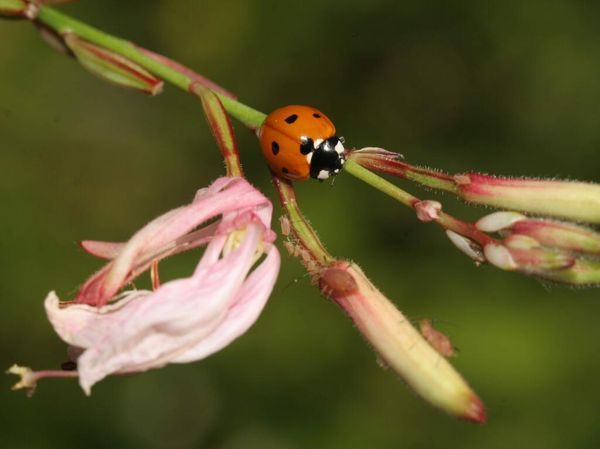
Protecting Poultry from Predators During Wildfire Season in the Trinity Alps
Hello friends! Carrie here, from Trinity Falls Farm. As many of you know, we live in the heart of the Trinity Alps, a truly beautiful place that can also be quite challenging, especially during wildfire season. With the increase in wildfires, comes a... more...
Hello friends! Carrie here, from Trinity Falls Farm. As many of you know, we live in the heart of the Trinity Alps, a truly beautiful place that can also be quite challenging, especially during wildfire season. With the increase in wildfires, comes a shift in animal behavior, and unfortunately, that often means increased predator activity around our homesteads. Protecting our precious poultry becomes paramount during these times.
Our first line of defense is always prevention. Maintaining a robust and secure coop is crucial. Ensure all doors and windows are reinforced, and that the wire mesh is strong enough to withstand persistent digging or clawing. We use hardware cloth with a small mesh size (1/2 inch or smaller) because raccoons, foxes, and even snakes can squeeze through surprisingly small openings. Don't forget to bury the wire mesh at least a foot deep around the perimeter of the coop to deter digging predators. Clifton is a whiz with the tools, and he's constantly reinforcing our defenses.
Free-ranging chickens are a delight, providing us with the freshest eggs and helping to control insects, but during wildfire season, we significantly restrict their outdoor time. If possible, keep them in a secure run during the day, and only allow supervised free-ranging for short periods when you can keep a close eye on them. Predators are more active during the day when smoke obscures visibility, so vigilance is key. We often find that the smoke makes our livestock anxious, so keeping them close helps with their stress, too.
Consider installing motion-activated lights around the coop and run. These can startle nocturnal predators and deter them from approaching. A barking dog can also be an effective deterrent, but make sure your dog is properly trained and won't harm the chickens themselves. Our border collie, Bluebell, is a wonderful guardian, but it took a lot of training to ensure she understood the difference between predator and prey.
Cleanliness is also important. Remove any spilled feed or droppings that could attract rodents, which, in turn, attract predators. Keep the area around the coop clear of brush and tall grass, eliminating potential hiding places for predators. We compost religiously, but make sure the compost pile is far away from the poultry area and properly maintained to minimize attracting unwanted visitors.
One often overlooked aspect is water. During a wildfire, natural water sources can become scarce or contaminated. Ensure your poultry has access to a clean and reliable water supply, even if it means providing extra water sources. Dehydration can weaken their defenses and make them more vulnerable to predators.
Finally, stay informed about the fire situation in your area. Pay attention to evacuation orders and be prepared to move your poultry to a safer location if necessary. We have a pre-packed poultry carrier and a designated evacuation plan in place, just in case. It's a stressful thought, but preparedness brings peace of mind.
Protecting our animals during wildfire season requires diligence and a proactive approach, but the peace of mind knowing they are safe is well worth the effort.
The Farm





































































